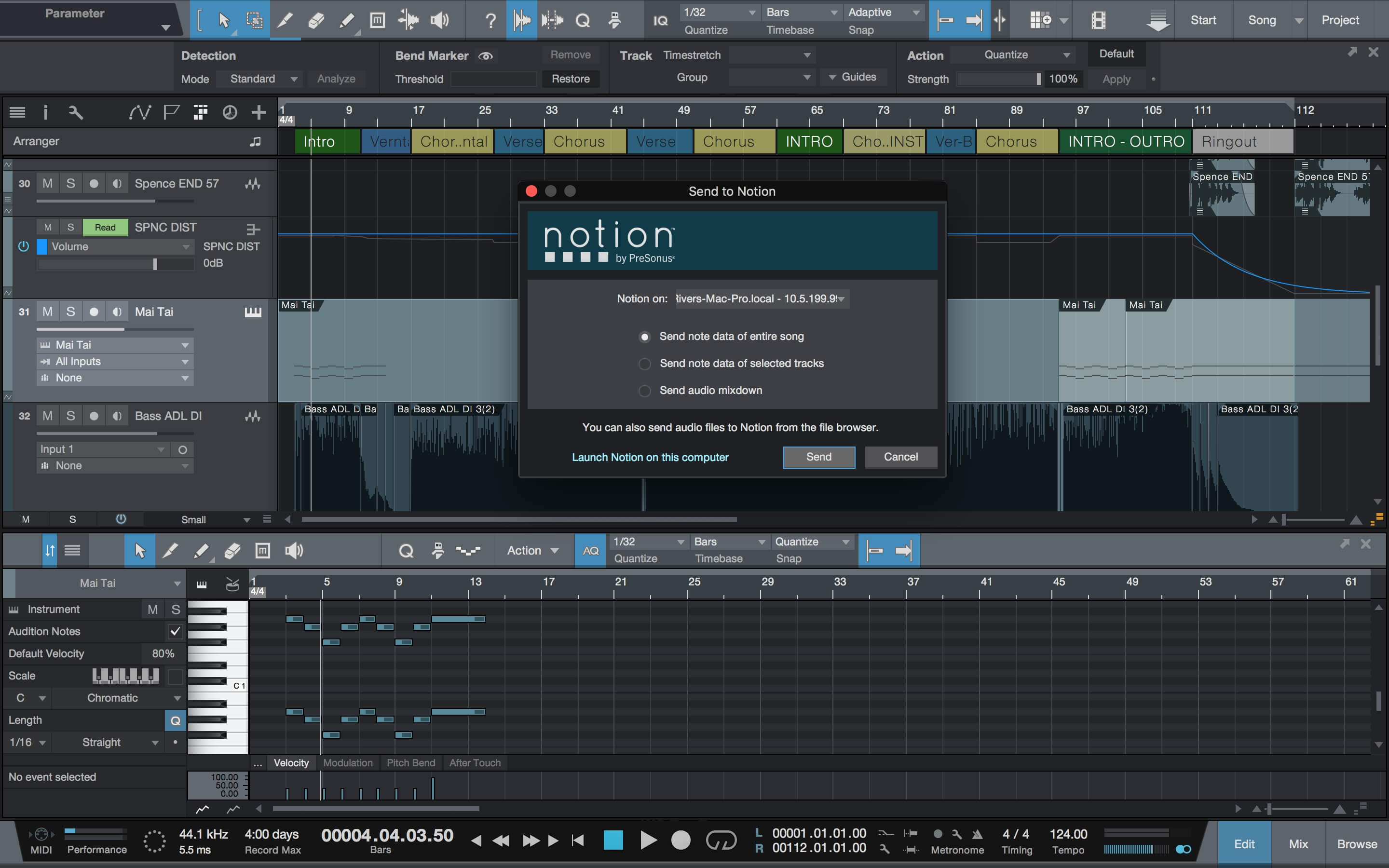
- #STUDIO ONE ON MAC INSTALL#
- #STUDIO ONE ON MAC 64 BIT#
- #STUDIO ONE ON MAC SOFTWARE#
- #STUDIO ONE ON MAC PROFESSIONAL#
Requires fourth-generation iPad or newer, iPad Air, or iPad Mini and iOS 10 or later.
#STUDIO ONE ON MAC PROFESSIONAL#
Studio One Remote works with Studio One 3 Professional version 3.0.1 or newer and Studio One 5 Artist or newer.


#STUDIO ONE ON MAC SOFTWARE#
This is the same technology that powers PreSonus remote control apps such as UC-Surface, as well as the popular multitrack live recording software Capture™ (desktop) and Capture for iPad. Studio One Remote is based on the PreSonus software applications framework and utilizes the UCNET protocol for network connectivity and remote control. It’s the perfect companion, both as a “second screen” app in a workstation setup or as a flexible mobile remote for recording, mixing and editing when away from the computer. Your plug-ins can now be loaded in Studio One.PreSonus® Studio One® Remote is a free iPad® remote control app designed specifically for use with PreSonus Digital Audio Workstation Studio One 5 Artist and Professional on Mac® and Windows® computers. Click the Add button to add your VST 64 location and click Apply to confirm:.Under Locations, click the VST Plug-Ins tab:.Start Studio One and navigate to Studio One > Options:.Click a product that comes with VST plug-ins (e.g. If you are unsure where you have installed the VST plug-ins, open the tab Installed products in Native Access. No matter where you installed your VST plug-ins, you need to define the correct VST folder in Studio One to make sure that this location is scanned correctly at startup. Defining the NI VST Plug-in Folder Location
#STUDIO ONE ON MAC INSTALL#
If you want to install the VST plug-ins to a different location, you can set the path in Native Access before the installation as explained in this article.
#STUDIO ONE ON MAC 64 BIT#

On a Windows computer, the VST plug-ins can be installed to any location on your hard drive. Studio One will scan that folder automatically. This location does not have to be added to the plug-in window in Studio One. VST3 plug-ins are installed to C > Program Files > Common Files > vst3 by default. Studio One will automatically scan these locations at each startup and recognize any new plug-ins that have been installed. On a Mac computer, all AU and VST files are installed to default locations, so you do not need to define specific plug-in folders during the installation of your NI products. In cases like these, you’re still able to switch back to running Studio One in Rosetta mode until your VSTs and hardware are updated by their manufacturers. This article refers to the 64-bit VST plug-ins only. While Studio One 5.4 can be run natively on an M1 Mac, some users may be working with third-party VSTs or hardware that are not yet native M1-compatible. Note: Since version 4, Studio One is no longer compatible with 32-bit plug-ins. This article describes this procedure for both Mac and Window systems. To enable this, you must ensure that Studio One scans the folders where your NI plug-ins are located. On Mac computers, they can be loaded as either as VST or AU plug-ins. In Studio One, Native Instruments products are loaded as a VST plug-ins on Windows computers.


 0 kommentar(er)
0 kommentar(er)
